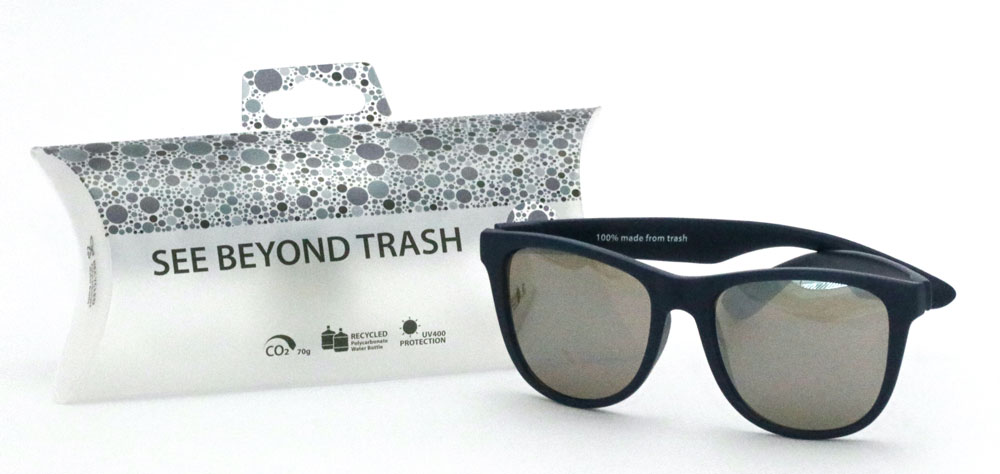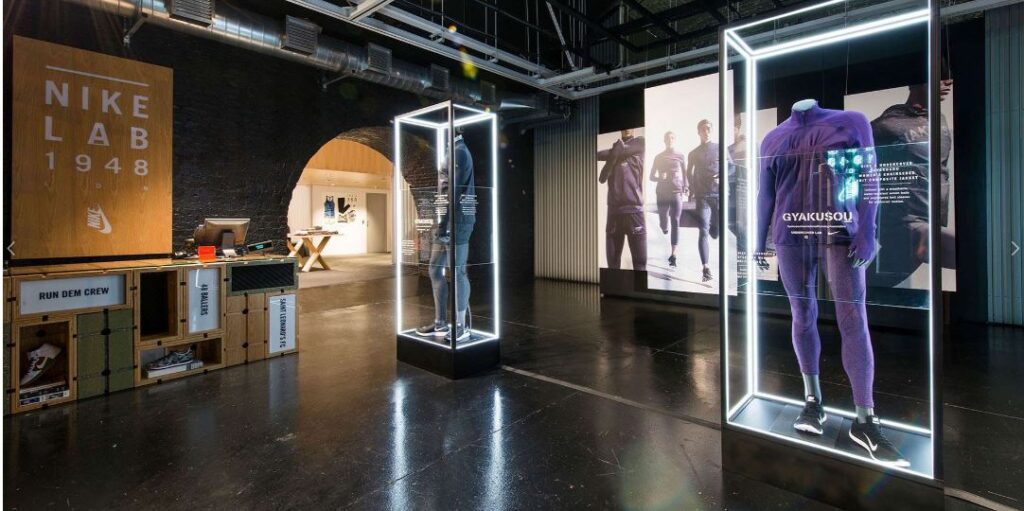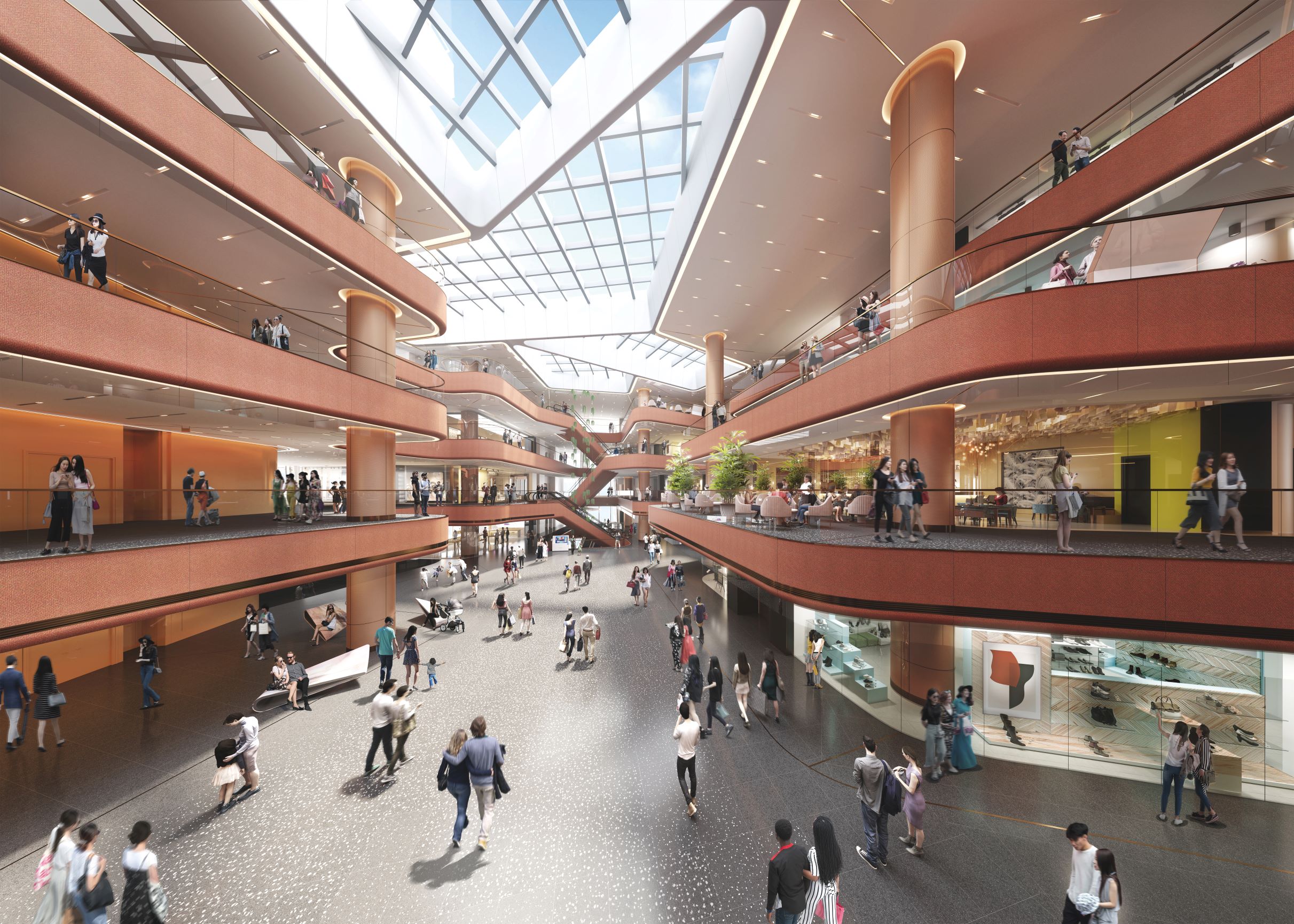A New Beginning for Trash: Arthur Huang MArch ’04

To most people, trash is just a mixture of discarded things without value. However, to Arthur Huang MArch ’04, trash represents a new beginning. Huang’s Taiwan-based company, MINIWIZ, home of the remarkable TRASHLAB laboratory, revolutionizes the waste and recycling industries through innovation, technology, and design. Essentially, MINIWIZ is on a mission to unlock the upcycling potential of this abundant yet deeply damaging resource, breathing new life into materials and contributing to a healthier—and more beautiful—planet.
In the TRASHLAB molecular kitchen, single-use plastic, metal, glass, and other consumer and industrial waste is repurposed into modular building materials, fixtures, furniture, certified medical-grade materials, and consumer products. In their quest to achieve the highest performance outcomes, Huang and his team soften and mix materials, invent new technologies, and build their extensive online materials database. The manifestation of Huang’s work can be seen in recent upcycling projects that range from transforming old contact lenses from Sarah Whiting, Dean of Harvard Graduate School of Design (GSD) and Josep Lluís Sert Professor of Architecture, into a cell phone charger to turning plastic bottles into building materials used in global construction projects.

MINIWIZ creates sunglasses from old CDs and DVDs.
MINIWIZ exploits the unlimited potential of trash, morphing the process of recycling into the highest form of product engineering. One year after his GSD graduation, Huang and his partner, Jarvis Liu, founded MINIWIZ as a sustainable energy company that continues to evolve along with global consumption patterns. Today’s clients and consumers increasingly prioritize lower carbon emissions, which MINIWIZ automatically provides at levels 70–200 percent lower than existing methods. To the environment’s benefit, materials are locally sourced and removed from the carbon emission–heavy building and construction processes.
Huang’s groundbreaking work with MINIWIZ earned him the title of National Geographic Emerging Explorer in 2016, gaining the attention of movie star Jackie Chan. On movie sets filled with explosions, crashes, and incredible amounts of generated waste, Chan grew concerned about the trash left in communities. As a form of redemption, he cultivated a passion for green technology. Chan enlisted Huang’s technical expertise in his quest to make a positive impact on the planet and offered to sponsor the next MINIWIZ project: TRASHPRESSO, the world’s first solar-powered, fully mobile recycling plant.

Trashpresso in Qinghai, China.
In the 2018 National Geographic Channel special Jackie Chan’s Green Heroes, Huang, his team, and Chan put the TRASHPRESSO and miniature circular economy to the test in Zadoi, China, located on the Tibetan Plateau. Even in one of the world’s harshest climates, Huang’s invention efficiently converted waste into locally usable building materials.
While MINIWIZ continues to deliver revolutionary technology to remote parts of the world, Huang showcases his range through eco-projects and partnerships with sophisticated consumer brands and firms. His ethos, emphasis on sustainability, and elegant designs attracted Nike, and MINIWIZ provided materials for the sustainable Flyknit sneaker fabric, made with at least 50 percent recycled content by weight. MINIWIZ also designed the aesthetically beautiful and high-performance NikeLab interiors in nine locations across the globe.

NikeLab interiors feature strong, modular and lightweight interior solutions, fixtures and installments, featuring MINIWIZ recycled materials such as Ricefold, a Polymer reinforced with Rice nano silica, ReGrind, a recycled material composite made out of discarded and recycled Nike footwear/apparel and various other material solutions created from e-waste such as motherboards and casings to hint the potential of re-used materials.
Recently, MINIWIZ joined Snøhetta, an international architecture and design firm, on the Airside eco-design project—a new mixed-use shopping mall on the site of the former Kai Tak airport in Hong Kong. MINIWIZ was commissioned to create a special fabric woven from plastic bottle fibers as the main interior feature, also serving as an insulation wall made of trash across the entire mall.

AIRSIDE commissioned MINIWIZ to create a special fabric for its interior space. The fabric, which is woven from fibers made of recycled plastic bottles, is an example of how the circular economy can be friendly to the environment.
Initially spurred by a “shift in mindset,” Huang addressed critical questions that arose throughout his design education. He grappled with the economic and environmental consequences of the building and construction processes on Earth’s climate and sought to design solutions for our future. On a trip to Rome, he observed ancient buildings rebuilt with on site recycled materials. It dawned on him that primitive practices—paired with today’s advanced technologies—could hold the key to a more sustainable future.
Huang arrived at the GSD eager to expand his horizons in design. Having studied architecture as an undergraduate at Cornell University, he broadened his understanding of the design process by enrolling in GSD courses and studios across disciplines and deepened his experience by working as a lab assistant in the Gund Hall Fabrication Lab. He envisioned sweeping impacts beyond form, creatively wrestling with his responsibility as a designer capable of improving our world in unseen ways.
Working in the Fabrication Lab proved transformative: Huang immersed himself in the world of machinery, materials, and hands-on experimentation, guiding others on-site models and innovating his own projects. He fabricated tables, created 3D interlocking models, and designed models for his landscape and urban planning studios. Learning to think like a planner was a pivotal part of his design education: he was encouraged to consider input and output, informing the socially and economically driven systems at play. While manipulating materials, Huang focused on their potential roles in the greater ecosystem, contemplating methods to holistically improve our built and natural environments.
Today, the MINIWIZ portfolio demonstrates the company’s far-reaching global impact, inspired by Huang’s dedication, wisdom, and deeply personal experience in design. At the GSD, he relished the freedom to explore design disciplines beyond architecture and gained a new perspective on the interconnectedness of design, building, and construction.
The MINIWIZ revolution mines value in the age-old issue of trash and introduces a new layer of education. Woven into each product, invention, interior, or building is the invisible yet enduring message that human actions affect our climate, today and in the future. What one may dismiss as having little use could be reimagined as something beautiful, useful, and beneficial to our world. Looking at trash anew prompts a change in perception, a necessary first step toward a future of sustainable design.
